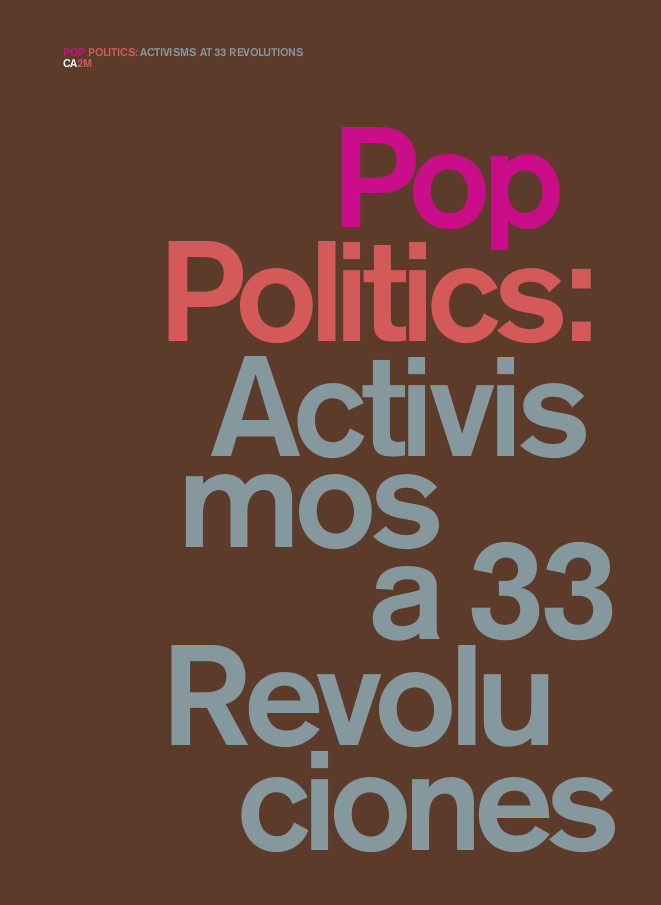Thomas Harrison: 1910: The Emancipation of Dissonance (1996)
Filed under book | Tags: · 1910s, aesthetics, art, art history, avant-garde, expressionism, literature, music, music history, painting, philosophy, sociology

The year 1910 marks an astonishing, and largely unrecognized, juncture in Western history. In this perceptive interdisciplinary analysis, Thomas Harrison addresses the extraordinary intellectual achievement of the time. Focusing on the cultural climate of Middle Europe and paying particular attention to the life and work of Carlo Michelstaedter, he deftly portrays the reciprocal implications of different discourses—philosophy, literature, sociology, music, and painting. His beautifully balanced and deeply informed study provides a new, wider, and more ambitious definition of expressionism and shows the significance of this movement in shaping the artistic and intellectual mood of the age.
1910 probes the recurrent themes and obsessions in the work of intellectuals as diverse as Egon Schiele, Georg Trakl, Vasily Kandinsky, Georg Lukàcs, Georg Simmel, Dino Campana, and Arnold Schoenberg. Together with Michelstaedter, who committed suicide in 1910 at the age of 23, these thinkers shared the essential concerns of expressionism: a sense of irresolvable conflict in human existence, the philosophical status of death, and a quest for the nature of human subjectivity. Expressionism, Harrison argues provocatively, was a last, desperate attempt by the intelligentsia to defend some of the most venerable assumptions of European culture. This ideological desperation, he claims, was more than a spiritual prelude to World War I: it was an unheeded, prophetic critique.
Publisher University of California Press, 1996
ISBN 0520200438, 9780520200432
264 pages
Reviews (Martino Marazzi; Tyrus Miller; Daniela Bini; Christopher Hailey; Richard Mattin; Dennis Sexsmith)
Review (Laura A. McLary, Monatshefte)
Review (Thomas Kovach, Austrian History Yearbook)
Review (Marco Codebo, Carte Italiane)
Wikipedia
PDF (some images are missing)
View online (HTML, with images)
Marysia Lewandowska, Laurel Ptak (eds.): Undoing Property? (2013)
Filed under book | Tags: · art, commons, computing, curating, gentrification, immaterial labor, music, piracy, political economy, property, publishing, theory

“Undoing Property? examines complex relationships inside art, culture, political economy, immaterial production, and the public realm today. In its pages artists and theorists address aspects of computing, curating, economy, ecology, gentrification, music, publishing, piracy, and much more.
Property shapes all social relations. Its invisible lines force separations and create power relations felt through the unequal distribution of what is otherwise collectively produced value. Over the last few years the precise question of what should be privately owned and publicly shared in society has animated intense political struggles and social movements around the world. In this shadow the publication’s critical texts, interviews and artistic interventions offer models of practice and interrogate diverse sites, from the body, to the courtroom, to the server, to the museum. The book asks why propertization itself has changed so fundamentally over the last few decades and what might be done to challenge it. The “undoing” of Undoing Property? begins with the recognition that something else is possible.”
With contributions by Agency, David Berry, Nils Bohlin, Sean Dockray, Rasmus Fleischer, Antonia Hirsch, David Horvitz, Mattin, Open Music Archive, Matteo Pasquinelli, Claire Pentecost, Florian Schneider, Matthew Stadler, Marilyn Strathern, Kuba Szreder, Marina Vishmidt; preface by Binna Choi, Maria Lind, Emily Pethick
Publisher Sternberg Press, Berlin, and Tensta konsthall, Stockholm, 2013
ISBN 9783943365689
256 pages
via Matteo Pasquinelli
Publisher (Sternberg)
Publisher (Tensta konsthall)
PDF, PDF, PDF (12 MB, updated on 2018-6-22)
Git repository (containing templates and design, added on 2017-12-20)
Pop Politics: Activisms at 33 Revolutions, catalogue (2012) [English/Spanish]
Filed under catalogue | Tags: · activism, art, music, politics, popular culture, sound

The catalogue for an exhibition held at Madrid’s CA2M Centro de Arte Dos de Mayo from November 2012 to April 2013, curated by Iván López Munuera.
“The point of departure for Pop Politics is that the political agenda of the visual arts has in many occasions inherited and expanded the experiences of music. The exhibition shows how many artists and art theorists have from their own personal practice visited music, whether as makers, consumers, or critical agents. The exhibition is situated on the margins of the formal consideration of politics, that which refers to forms of government and processes of representation, the taking of decisions and their administration.” (from the Introduction)
With texts by Amparo Lasén, Ferrán Barenblit, Greil Marcus, Ivan López Munuera, José Manuel Costa, Kim Gordon, Lucy O’Brien, Peio Aguirre, and Simon Reynolds.
Publisher CA2M Centro de Arte Dos de Mayo, Madrid, 2012
ISBN 9788445134481
304 pages

